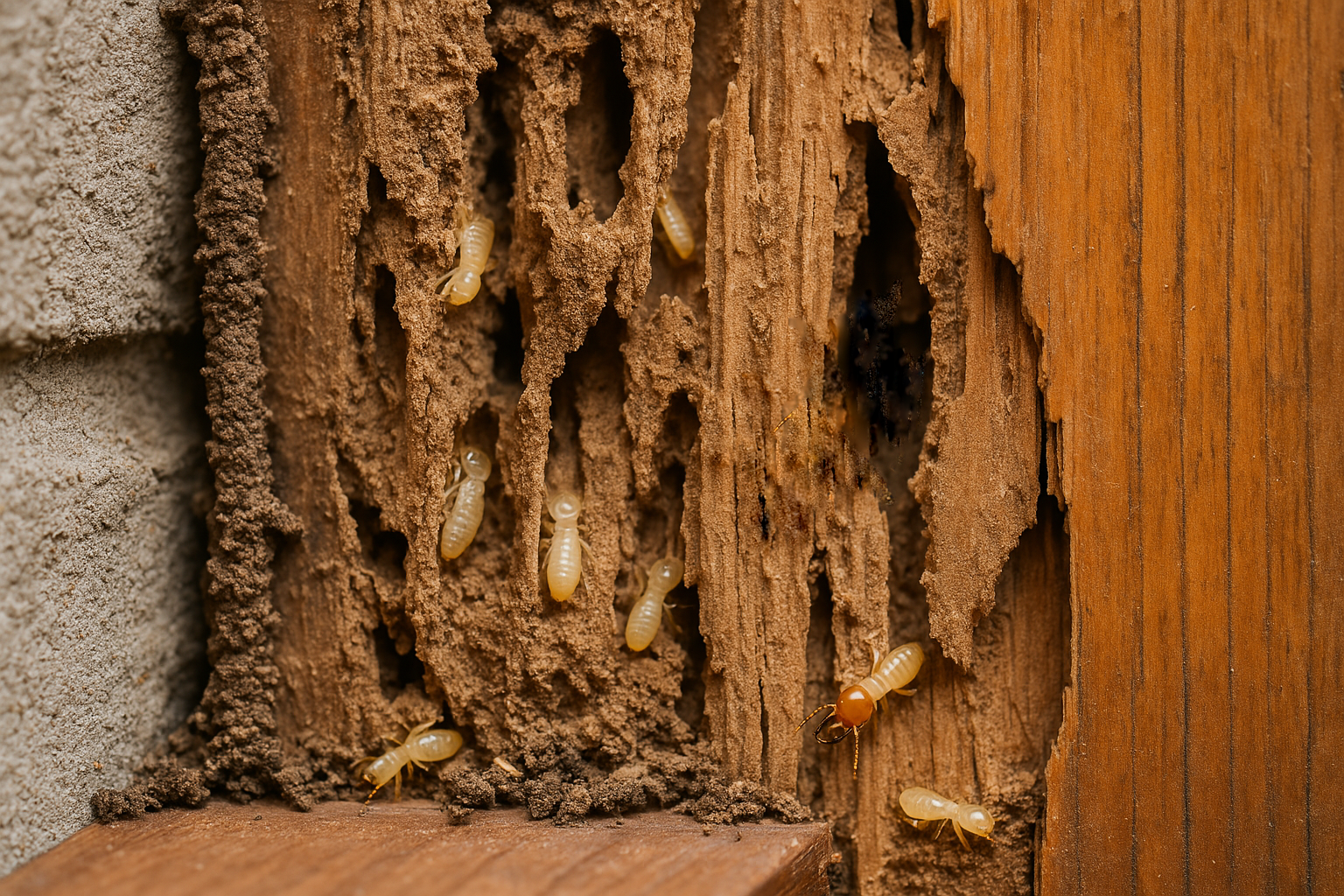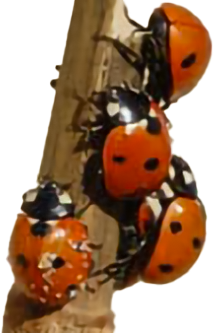The Unseen Impact: How Multi-colored Asian Lady Beetles Affect Your Home
Multi-colored Asian Lady Beetles (MCALB), you may think you know ladybugs, but there’s a lot more to them than meets the eye. In fact, the title alone might surprise you—because these little beetles are often mistaken for the harmless, even helpful ladybugs we grew up admiring. But not all ladybugs are created equal. The multi-colored Asian lady beetle is an invasive species introduced to the U.S. as a form of natural pest control. While they may look similar to native ladybugs, MCALBs behave very differently.
Moreover, Unlike their native cousins, these beetles can become a nuisance, especially in the fall when they gather in large numbers to overwinter inside homes. They can stain surfaces, emit a foul odor when disturbed, and even bite. Their appearance can vary widely in color and spot patterns, making them tricky to identify.
Understanding the difference between native ladybugs and MCALBs is important for protecting your home and recognizing early signs of an infestation. These beetles may look charming, but their behavior can be anything but. Keep reading to learn the top three things you probably didn’t know about multi-colored Asian lady beetles—and why they might not be the friendly garden helpers you thought they were.
1. They aren’t very lady like
The multi-colored Asian lady beetle is not as “tame” as the traditional lady bug. This species is more aggressive. The MCALB gets feisty when in a large group. Large swarms of these bugs can swarm areas and resort to biting when they are on the hunt for shelter in the fall and winter months. If they target your home, they will stop at nothing to make sure you share the space.
2. They are not native lady bugs
The multicolored Asian lady beetle is not native to Minnesota or the United States. People often confuse them with the native lady bug, but they are slightly different. The multi-colored Asian lady beetle was first brought to the United States in the early 1900’s. The new species was introduced to control devastating pest populations that attacked American crops. The beetle’s job was to control aphids and other pests that fed on pecan, trees, citrus trees and alfalfa crops.
Not too long ago, the USDA, state agencies, local agencies and the Forestry Commission released the Asian lady beetle to control aphid, mile, and scale insect populations. The goal was to reduce pesticide use.
3. They smell
Yes, those cute, little bugs that your kids like to play with and you like to see in your garden can actually get quite smelly. The MCALB will release a stinky substance that is yellow in color when they are stressed or agitated. The smelly stuff is also called “reflex bleeding,” and it comes from their joints.
This fall bug is not a dangerous threat to you or your family. The beetle also won’t eat your furniture or damage home materials, but they are opportunistic. If you have cracks and crevices around your home, now is the time when the multi-colored Asian lady beetle will sneak inside and hide out for the winter. The population will grow out of control, and the beetles won’t leave on their own.
In addition Don’t share your home with an infestation of lady beetles this winter. Contact Adam’s Pest Control and ask about our home pest control solutions. Available in Plymouth, Mankato, and throughout our Minnesota and Western Wisconsin service area, our pest control program consists of a thorough inspection, recommendations for exclusion and prevention, and year-round treatments. Call now to see how you can prevent multi-colored Asian lady beetles and other pests from overstaying their welcome this fall and winter.

Facts About Asian Lady Beetles in Minnesota
Asian lady beetles can be more than a nuisance. Learn interesting facts, potential dangers, and safe removal methods from Minnesota’s pest experts.



